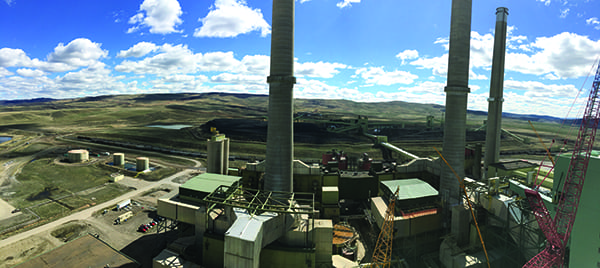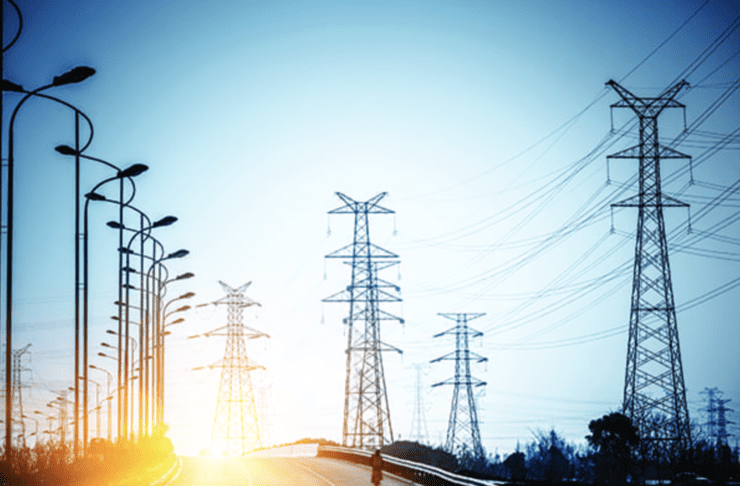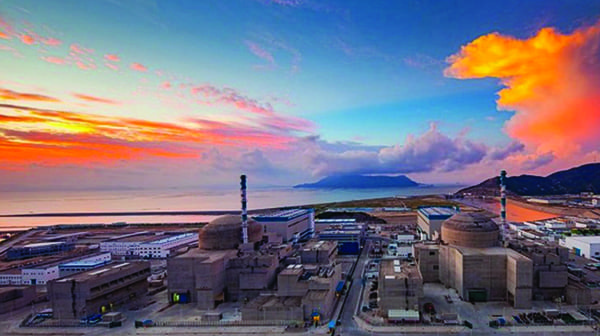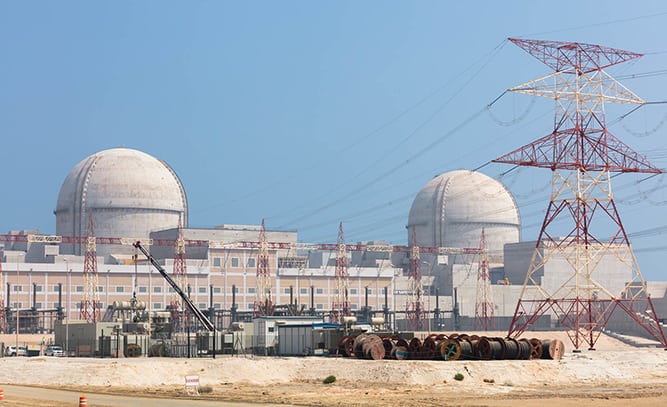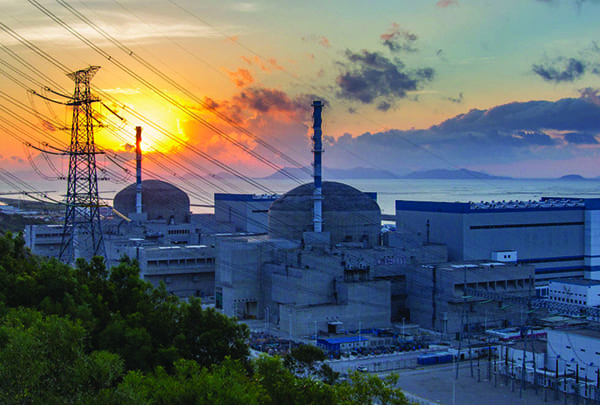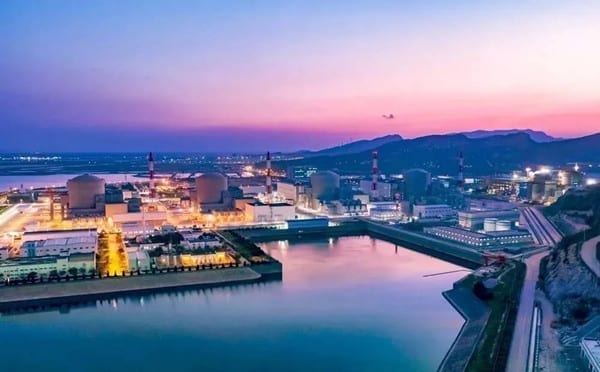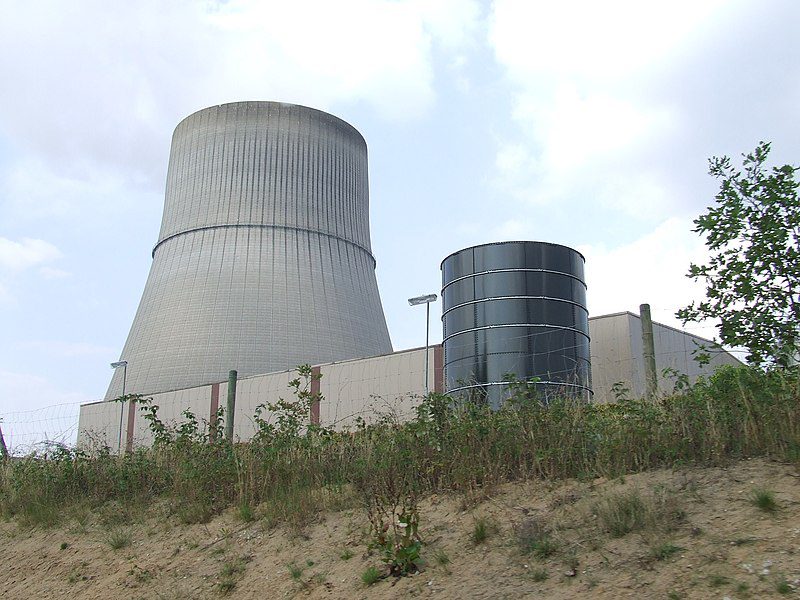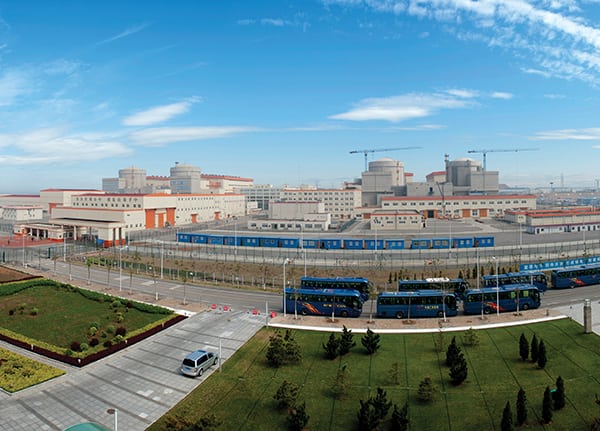Nuclear power capacity continues to grow worldwide, as larger reactors are added to the grid while smaller units are retired. Furthermore, uprates to some existing reactors have also added to the world’s nuclear power capacity. The International Atomic Energy Agency (IAEA) reports the total net installed capacity is about 393 GW today.
Nuclear reactor additions and subtractions to the power grid in 2020 mirrored the trend from the past 20 years. According to data from the World Nuclear Association, from 1999 through 2019, 99 reactors began operation while 99 reactors were retired, which equates to roughly five units entering and leaving service each year. 2020 saw exactly that.
Nuclear Reactor Retirements
Of the permanent shutdowns, two were in the U.S. Indian Point Unit 2, a 1,020-MW reactor in Buchanan, New York, was taken offline on April 30, shutting down early as part of an agreement between Entergy, the state of New York, and environmental groups. Unit 3 at the site is scheduled to close in April 2021. The closure will mark the end of Entergy’s participation in the merchant nuclear power business.
Duane Arnold (Figure 1), a 615-MW single-unit plant in Palo, Iowa, was slated to retire on Oct. 30 this year, but owner NextEra Energy Resources chose not to restart the reactor after damage caused by an Aug. 10 derecho was assessed. The company effectively acknowledged that it didn’t make sense to replace cooling towers that were damaged by the storm’s high winds just so the plant could be retired a few months later.
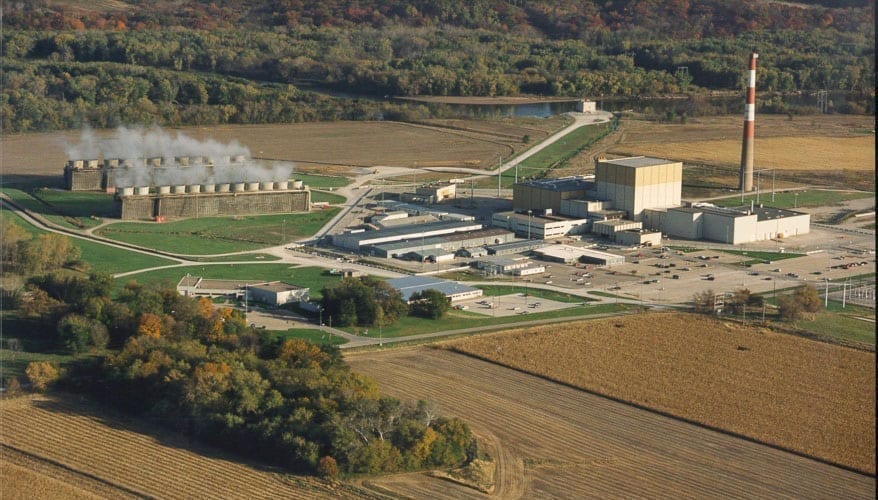
Two units were also retired in eastern France in 2020 at the Fessenheim Nuclear Power Plant, located on the border with Germany. The two 880-MW units, run by state-owned energy company EDF, were taken offline in February and June, respectively. France, which has long relied on reactors to supply the bulk of the country’s electricity, implemented a 30-year strategy that calls for 14 of the country’s 58 operating reactors to be shuttered by 2035. The Fessenheim closure was the first phase of the plan, which also mandates the closure of all coal plants by 2022, while balancing nuclear output with increased generation from renewable sources.
In November, Leningrad 2 was retired in Russia. That unit, a 1,000-MW RBMK design—the same model involved in the Chernobyl accident—began commercial operation in February 1976. It was replaced by Leningrad II-2, which is a 1,150-MW pressurized water reactor that connected to the grid on Oct. 22.
China, UAE, and Belarus Add Nuclear Units
Two units were added in China in 2020. In September, Tianwan 5, an ACPR-1000 unit located in Jiangsu province, commenced commercial operation. The ACPR-1000 is based on China’s CPR-1000 technology, which in turn is an upgraded version of the French M310 three-loop design that was imported in the 1980s for use at Daya Bay, one of China’s first nuclear plants.
The other unit to be grid-connected in China this year was Fuqing 5 in Fujian province. Fuqing 5 is the first of two demonstration Hualong One reactors at the site. The Hualong One design (also known as the HPR1000 reactor) is a third-generation pressurized water reactor jointly designed by the China National Nuclear Corp. and the China General Nuclear Power Group. With a capacity of about 1,100 MW, China has grand plans for the Hualong One, both internally and for export. Five Hualong One reactors are on order in Pakistan—four at the Karachi Nuclear Power Complex and one at the Chashma Nuclear Power Plant. In China, it will also be used for two units at the Fangchenggang plant in Guangxi autonomous region, two units at the Zhangzhou plant in Fujian province, and two units at Taipingling in Guangdong province. According to the IAEA, China has 50 nuclear power reactors in operation today and 11 under construction.
In the United Arab Emirates (UAE), Barakah Unit 1 was connected to the grid in August. The Barakah facility (Figure 2) is the first nuclear power plant in the Arab world. When its four APR-1400 reactors are fully operational, the station is expected to deliver about 25% of the UAE’s electricity.
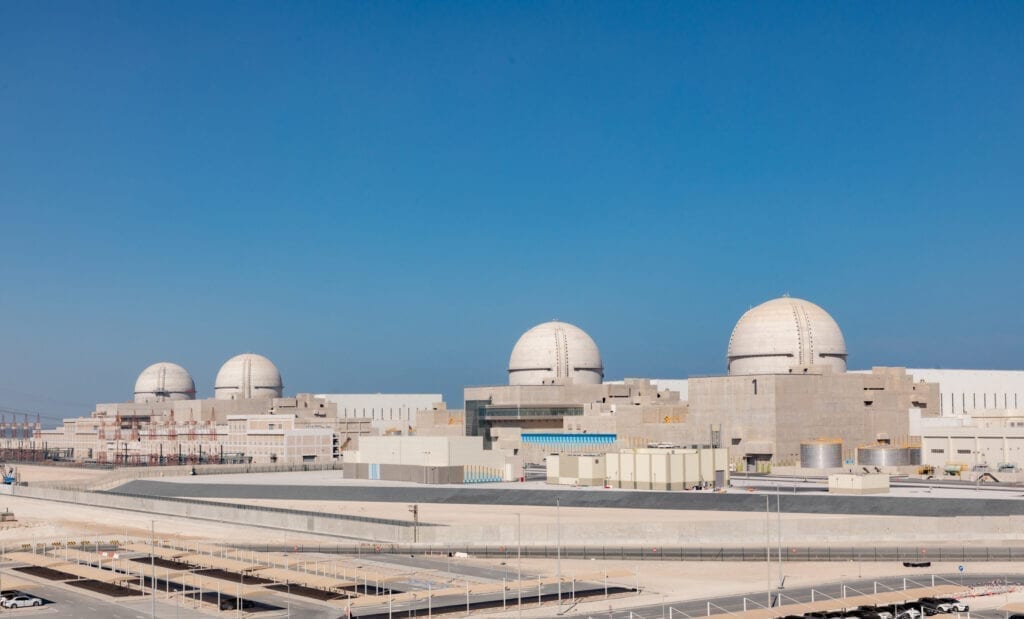
Despite opposition from neighboring Lithuania, Belarus connected its first reactor to the country’s power grid in November. The Belarusian Nuclear Power Plant, also known as the Astravets plant, features Rosatom’s flagship VVER-1200 reactor. It is located in the Astravets district in Grodno, about 25 miles southeast of the Lithuanian capital of Vilnius. Government officials in Lithuania have criticized the project, which they claim has a history of construction accidents, including a 2016 incident when a reactor vessel fell to the ground during installation. Rosatom at the time said the reactor was not damaged, but the company agreed to replace the unit after Belarusian authorities expressed concern.
The IAEA reports that 443 reactors are in operation around the world today, and 52 more are under construction. Three units began construction in 2020: Akkuyu 2 in Turkey, and Taipingling 2 and Zhangzhou 2 in China.
—Aaron Larson is POWER’s executive editor (@AaronL_Power, @POWERmagazine).
[Ed. note: On Dec. 31, 2020, Vattenfall announced that Ringhals Unit 1, located on the Värö peninsula in western Sweden, was permanently shutdown, marking the sixth reactor to be removed from the world’s power grid in 2020.]









